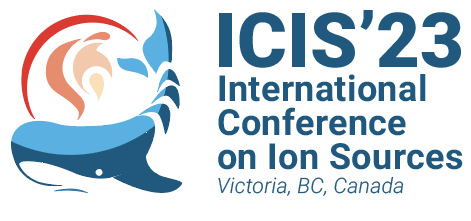Speaker
Description
The use of high intensity, heavy ions from an ECR ion source for heavy ion accelerators usually entails the employment of a low energy beam transport (LEBT) section and magnetic charge state analysis, but space charge can severely limit the transmission. It has been proposed [1] instead to use a Radio Frequency Quadrupole (RFQ) to efficiently address this problem. The stray magnetic field of the ECR ion source can be used to provide focusing against the space charge blow-up at extraction by using the Direct Plasma Injection Scheme (DPIS) developed for laser ion sources. The RFQ will then focus and transport the injected beam and will also eliminate most of the charge states extracted from the ECR ion source. This narrowing of the charge state distribution is a filter, reducing the low energy beam transport problem as well as the emittance growth for the desired beam. A combined extraction/matching system has been designed for direct injection into a 48.5 MHz RFQ to produce 238U40+ (0.52 emA) and 209Bi30+ (1.047 emA) beams. The computer simulation code IGUN has been used to design the injection directly into the RFQ from the ECR. The RFQ design has been modified with a pre-buncher built into the vanes to narrow the transmitted charge state distribution as much as possible. The design details of this system and predicted performance will be presented.
[1] G. Rodrigues, R. Becker,R. W. Hamm, R. Baskaran,D. Kanjilal and A. Roy, Rev.Sci.Instrum.,85,02A740 (2014)
[2] G. Rodrigues, R. Becker,R. W. Hamm and D. Kanjilal, Proceedings of ECRIS 2014, Nizhny Novgorod, Russia
[3] R.W.Hamm and G.Rodrigues, 12th Int.Part.Acc.Conf, IPAC 2021, Brazil, doi:10.18429/JACoW-IPAC2021-MOPAB351
| Presenter if not the submitter of this abstract | Dr.G.Rodrigues |
|---|

